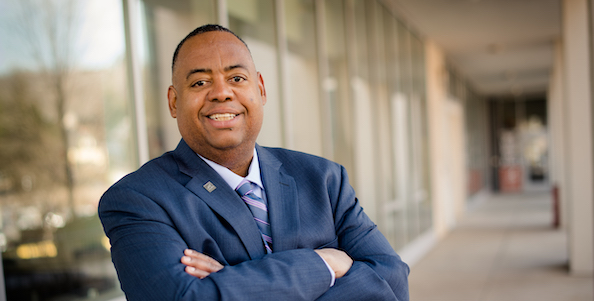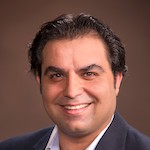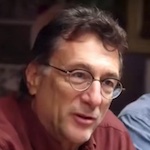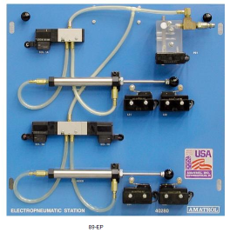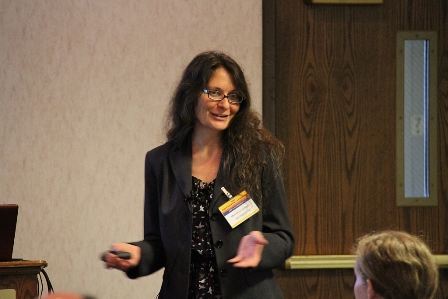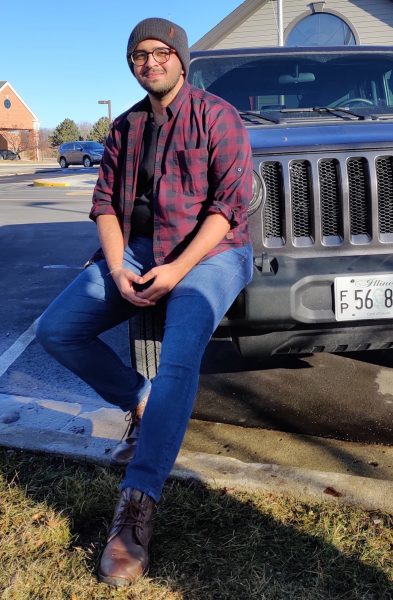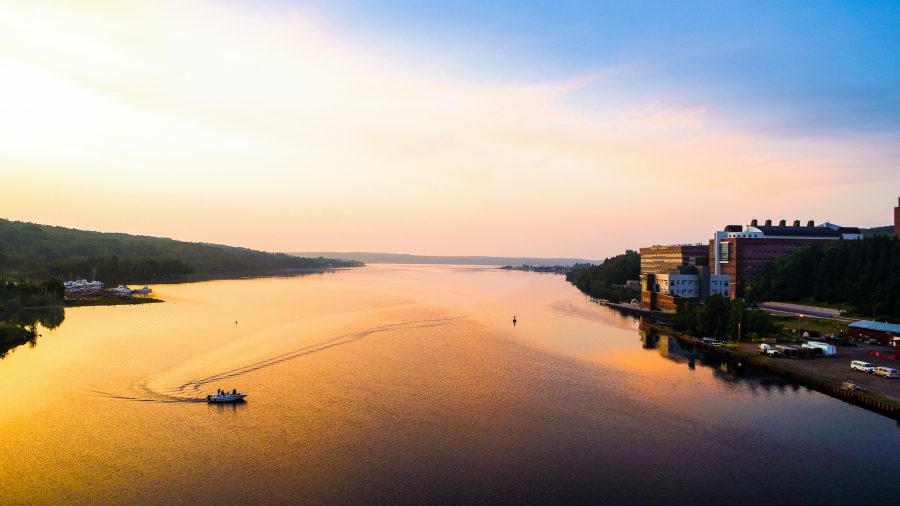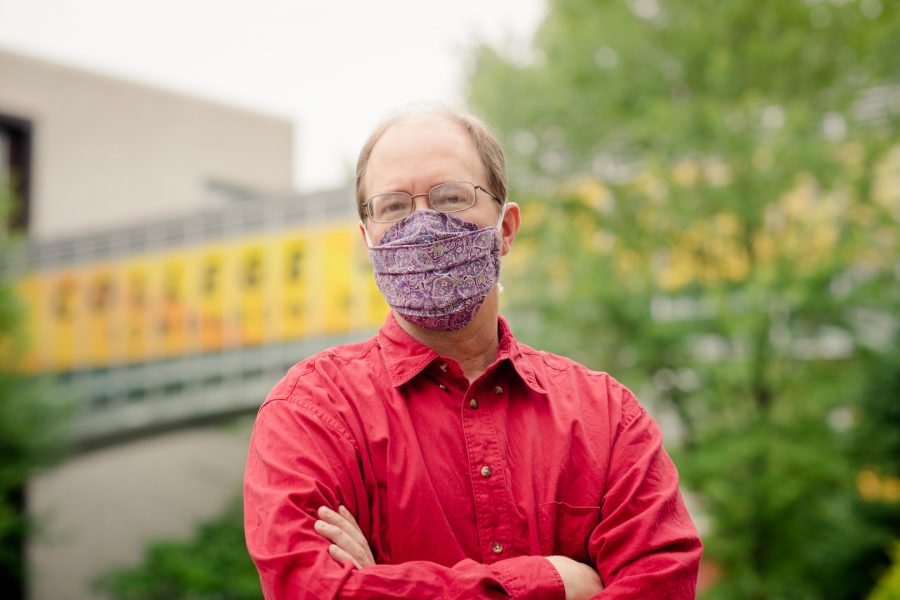
College of Engineering Dean Janet Callahan has selected Trever Hassell, Senior Lecturer in Electrical and Computer Engineering (ECE) for week two of the Deans’ Teaching Showcase. Callahan selected Hassell for his strong engagement of students in large classes. In one student’s words, he “has done an excellent job providing world-class teaching even in the midst of the pandemic and the shift to online learning. He continues to lecture on the important course material while trying out ideas to encourage student interaction outside of the lecture setting.”
For his large section remote course, Hassell has been adapting iClicker questions used in previous semesters (pre COVID-19) for use with Reef (or iClicker Cloud). Simultaneously, he has been expanding his question bank. Implementation of the iClicker Cloud software during the Michigan Tech FLEX initiative allows Hassell to engage and stimulate student learning during lectures and receive real-time feedback regarding whether students are mastering the learning objectives of the course. Lecture iClicker questions are posted prior to the lecture for students to review in advance. During the lectures the iCloud clicker app is used for polling students, taking a screenshot question on the lecture computer screen and sending it to the students’ Reef app or mobile device webpage. Students respond to the question and their information is provided in real-time to the instructor. Class response results are then viewed, shared, and discussed. Utilizing the iClicker Cloud software has also allowed for uninterrupted course participation even as students have had to switch from remote to face-to-face modes. “Using technology to engage students keeps the Zoom sessions productive, helping students focus on understanding the material”, said Dean Callahan.
Having more than eight years of experience with “online/blended” courses, Hassell continually refines his online delivery. It is no surprise that pivoting to the FLEX mode of instruction presented him with an opportunity, rather than a burden. He found that transitioning from a touchscreen laptop using the ZoomIt app, which had a granular screen annotation resolution limitation, to a Windows Surface Pro and annotating with Microsoft OneNote vastly improved the annotation resolution, increasing student engagement in virtual activity. Interim ECE Chair Glen Archer said, “Trever has always been an experimenter and early adopter in the classroom. He’s always on the lookout for new tools and techniques that will make life in the classroom better.” In addition, Hassell has made course structural changes allowing for greater flexibility in the weekly assignments, course participation, and exams addressing student accommodations under COVID. Hassell gives students a choice, allowing participation by either synchronous iClicker questions or asynchronous communications within lecture discussions. As another student noted, “His courses are always very neatly organized, and his posting of lecture notes before our Zoom lectures each week has certainly helped. Mr. Trevor Hassel also encourages much-needed discussion both during and outside of lecture.”
Hassell has actively taken advantage of professional training and development opportunities. The Center for Teaching and Learning (CTL) has been a vital resource and asset for information and advice. Attending several of the CTL’s lunch and learn workshops played a key role in helping him integrate available tools and strategies into the classroom environment. And students appreciate it. As another student commented, “Being in Mr. Hassell’s class in Power Electronics has been a very enjoyable experience. He was always available and even though I took the class in the middle of the pandemic, I felt like we were in the same room with him all along.”
Hassell will be recognized at an end-of-term event with other showcase members, and is also a candidate for the CTL Instructional Award Series (to be determined this summer) recognizing introductory or large-class teaching, innovative or outside the classroom teaching methods, or work in curriculum and assessment.
